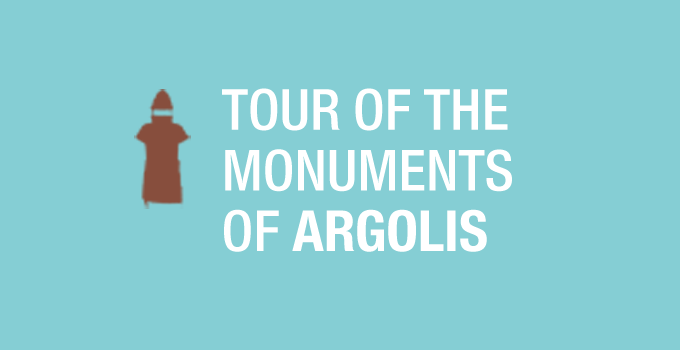The Transition to the Middle Ages
The second section illustrates the transition from the world of Late Antiquity to the Middle Ages, the most important and highlighted subsection being the Cave of Andritsa.
The age of late antiquity, characterized by the survival of the ancient way of life and the advent of the new religion, gradually faded out around the end of the 6th century. The decline of the ancient world, which had begun centuries earlier, was intensified by a series of natural disasters (mostly earthquakes) and epidemics, the most notable of which was the plague of the time of Justinian.
From the 7th to the 9th century, the empire was afflicted by foreign tribes (mostly Avars and Slavs) invading its territories, the loss of its provinces in Africa and the Middle East, the Arab raids and the iconoclastic controversy. This transitional period was characterized by great uncertainty, which was reflected in the contraction of monetary circulation, the depopulation of the countryside, the relocation of settlements in safer strongholds, the decline of public spaces, the abandonment of luxury dwellings and their conversion into modest abodes or workshops.


